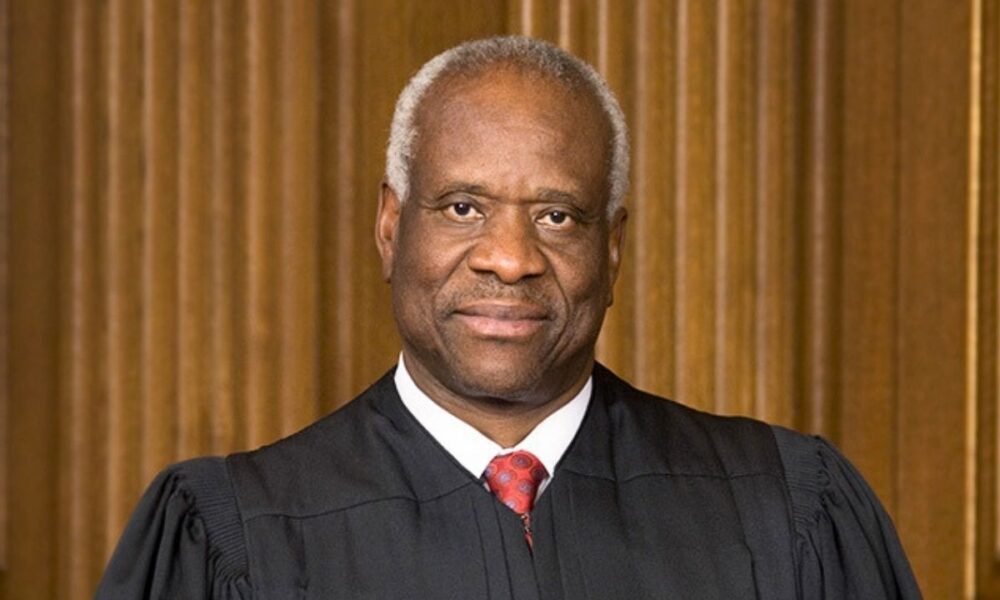Justice Clarence Thomas has passed another longevity milestone on the U.S. Supreme Court, moving closer to becoming the longest-serving justice in history.
Over the weekend, Thomas surpassed John Marshall Harlan as one of the longest-serving justices in American history.
Thomas has served 33 years and 306 days on the nation’s highest Court, compared to Harlan, who served 33 years and 308 days between 1877 and 1911. The move places Thomas sixth on the all-time list, continuing a summer of record-breaking milestones that saw him surpass several legendary figures, including William Rehnquist, the late chief justice with whom Thomas once served, The Dallas Express previously reported.
Thomas, 77, was appointed by President George H.W. Bush in 1991 to replace civil rights icon Thurgood Marshall. Known for his originalist and textualist philosophy, Thomas has helped define the Court’s Republican-appointed majority and influenced rulings on issues ranging from the Second Amendment to affirmative action to the powers of the federal bureaucracy. His writings, including concurrences and dissents, have frequently paved the way for future doctrinal shifts.
John Marshall Harlan, whose record Thomas has now surpassed, was a towering figure of the late 19th and early 20th centuries. Appointed by President Rutherford B. Hayes, Harlan is best remembered for his dissents in civil rights cases, most notably Plessy v. Ferguson, where he stood alone in rejecting the “separate but equal” doctrine that later defined decades of segregation. Later Court history ultimately vindicated his views, with many later justices citing him as an intellectual forerunner of the civil rights era.
Thomas’ climb up the longevity ranks is drawing attention not only for its historic dimension but also for its political implications. The timing of a justice’s retirement often reshapes the Court, as seen when Justice Ruth Bader Ginsburg’s 2020 death allowed then-President Donald Trump to nominate Justice Amy Coney Barrett, solidifying a 6-3 Republican-appointed majority.
If Thomas remains on the bench through late summer 2028, he would surpass William O. Douglas to become the longest-serving justice in American history. That timeline would fall just before the 2028 Presidential election, raising the possibility that his decision to stay or retire could have sweeping political and legal consequences.
Trump has already appointed three justices in his first tenure — Neil Gorsuch, Brett Kavanaugh, and Barrett — all relatively young and expected to serve for decades. Any retirement during his second term, whether by Thomas or others such as Samuel Alito or Sonia Sotomayor, could further reshape the Court for a generation.
Speculation about who could possibly be the next justice on the highest Court in the land frequently becomes the topic of media attention, and some figures, such as Alabama Supreme Court Justice Bill Lewis, have recently drawn such attention, DX reported.
For now, Thomas’ record-setting summer underscores the extraordinary durability of his career. Having joined the Court at age 43, Thomas has outlasted many colleagues and is poised to test the limits of longevity in the modern judiciary, while his influence on American law continues to unfold.


